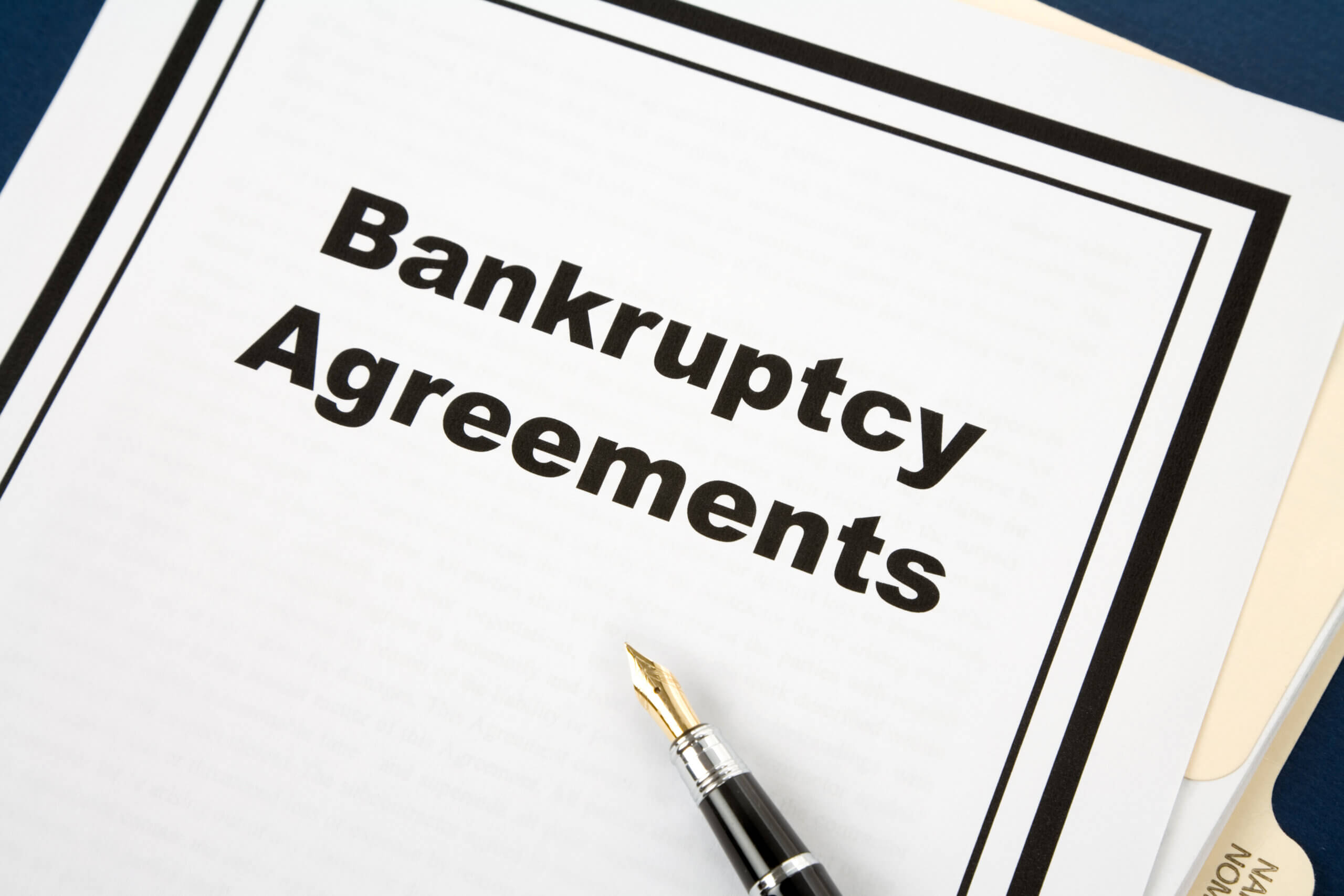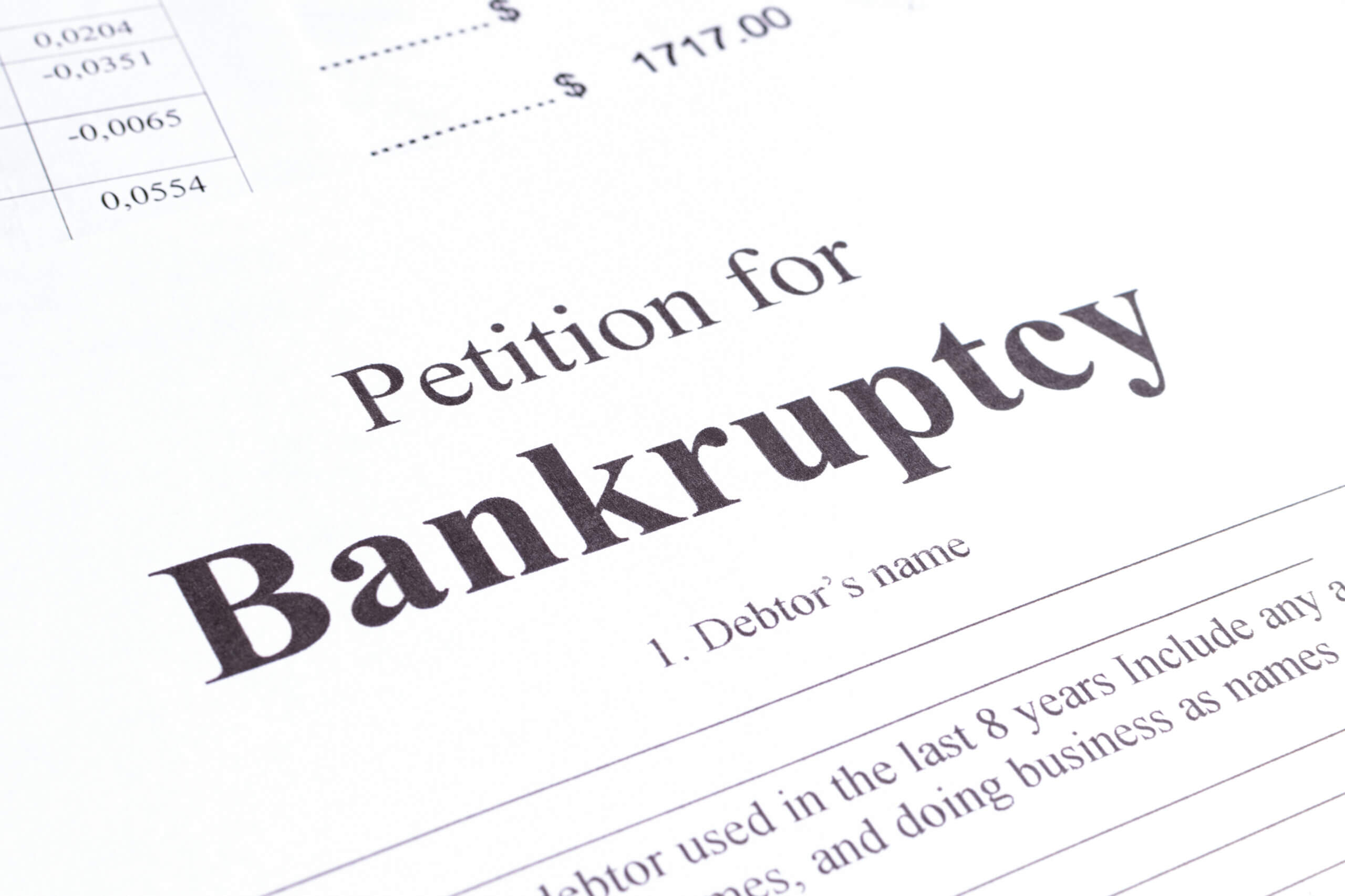Employees of Bankrupt Employers
How do you know if your company is bankrupt?
Usually, employees only ask this question if the company has stopped paying wages and/or has appointed a Trustee in Bankruptcy. However, a company can be insolvent (a financial status of being unable to pay your debts) without being bankrupt (a legal status which requires that the company’s assets be sold to generate a pool of cash to pay creditors).
Even if a licensed Trustee is involved, that does not necessarily mean that the company is bankrupt. For example, the Trustee could have been appointed to watch over a proposal the company makes to its creditors to climb out of its financial difficulties.
Do you still have a job if your company went bankrupt?
Typically, this means your job is gone. A bankruptcy generally has the effect of terminating all contracts, including employment contracts. At that point a Trustee takes over and works to sell the company’s assets to help creditors collect on their debts. This often means that the business is closed and its operations stop. Occasionally, Trustees need help to wind down the business, so it is possible that there will be a small amount of
work available after the bankruptcy.
In some cases, the Trustee tries to sell the whole business as an ongoing, viable operation because it believes that it can get more money for creditors, rather than closing the business and selling off assets piece by piece. In these cases, a Trustee may be interested in hiring employees to assist with these efforts. If the business is sold as an ongoing operation, there may be a job for you with whoever buys it.
What happens in a bankruptcy?
The first step after a bankruptcy is to appoint a Trustee in Bankruptcy. The Trustee then takes control of the company’s assets and decides how best to sell them. In doing so, the Trustee must act in the best interests of all stakeholders.
Even if the Trustee recovers some money, that does not necessarily mean that you will recover your unpaid wages and severance. This is because some creditors take priority in collecting what they are owed. These are often secured creditors – creditors who have arranged for their loans to be secured by collateral. In the bankruptcy system, employees typically take a backseat to many creditors.
You will not know whether the Trustee will be able to recover enough money to pay you. However, the Trustee notifies most of the company’s creditors of the bankruptcy for an opportunity to claim what they are owed, by asking everyone to file a Proof of Claim that sets out your relationship to the company and how much you are owed. You are encouraged to complete this claim promptly, to maximize the chance of recovery.
If the Trustee approves your Proof of Claim, then you will be entitled to share in the proceeds generated from the sale of assets, assuming there is anything left after the secured/priority creditors have been paid.

Unfortunately, most employees are unsecured creditors, meaning that most of what a company owes is only paid after other creditors have been paid.
However, employees hold a special status in bankruptcies, and there are some protections in place for them. For example, employees hold special priorities with respect to certain kinds of unpaid wages that were earned in the 6-month period before the bankruptcy occurred. Think of this as moving up a few spaces in line for payment (but only for limited amounts).
Employees’ unpaid wages are also protected in part because of a government program called the Wage Earners’ Protection Program (WEPP) that helps to protect employees of many insolvent companies, usually up to a maximum of about $4,000. The Trustee has an obligation to help determine if you are eligible for payment under WEPP.
While these protections exist, they are often not enough to fully protect an employee’s wages. As a result, you should be wary of continuing to work for a company who is missing payroll; even a month without wages (or often less) may take you to the maximum you can recover for unpaid wages through this process.
What can you get through the bankruptcy process?
You can file a Proof of Claim for any kind of debt the company owed you at the time it went bankrupt – unpaid wages, unpaid expense reimbursement, severance costs, and so on. However, the bankruptcy process does not treat all these debts equally.
Unpaid Wages:
Unpaid Wages includes unpaid salaries, commissions, compensation for services rendered, vacation pay, gratuities accounted for by the employer, disbursements of a travel incurred in and about the business of the former employer, production bonuses and shift premiums.
Other Amounts:
There are some protections for amounts that the company was supposed to contribute to a pension, workers’ compensation, deductions for taxes and employment insurance premiums.
Termination Pay, Severance Pay and Wrongful Dismissal Damages:
The entitlement to these amounts depends in large part on when the employee was fired. If you were fired before the bankruptcy, you may be able to recover some payments. If you were fired after/because of the bankruptcy, you likely will not receive severance or termination pay.
If you were fired before the bankruptcy, WEPP provides some assistance, up to $4,000. These amounts can be pursued by filling a Proof of Claim with the Trustee.
Human Rights Damages:
An employee who has been harassed or discriminated against before the bankruptcy could file a Proof of Claim for damages relating to harassment.

How is receivership different from a bankruptcy?

If your company is making a proposal, it means that it has admitted that it is insolvent, but it is not yet ready to give up on the business.
In a proposal under the BIA, the company looks at all of its outstanding debts as of a particular date and offers a deal to its creditors based on its ability to pay. The company must come up with something that will be accepted by its creditors and approved by the court. If a proposal is rejected by enough creditors or does not receive court approval, the company will become bankrupt.
Since a company going through a formal proposal is insolvent (a financial status) but not bankrupt (a legal status), employees are not automatically fired when the company starts the proposal process. While the company may choose to terminate your employment to make it leaner going forward or make it more attractive for prospective buyers, employees stand a greater chance of keeping their jobs.
Any claims for unpaid wages, termination pay, wrongful dismissal damages, etc. from after the date the company started the proposal process can be pursued through the usual routes (such as negotiations, lawsuits, and Ministry of Labour complaints) and may be unaffected by the company’s proposal.
How is your company being in CCAA different from a bankruptcy?

Directors – Under the Business Corporations Act in Ontario, directors can be liable for six months of employees’ unpaid wages and 12 months’ unpaid vacation pay. This would usually include unpaid holiday pay and expenses. However, directors are not liable for termination and severance pay. Further, there are several hoops that the employee must jump through to collect from a director. The director may also be able to argue that they used reasonable diligence to ensure the wages were paid, so that they cannot be responsible if they weren’t ultimately paid.
Purchasers – In many cases, an employee will be able to land a job with the purchaser of the bankrupt / insolvent company’s business (or its assets). That purchaser would be considered a “successor” employer for the purposes of the ESA and the common law, giving the employee an ability to pursue the purchaser for certain amounts.
Trustee – Almost never. Trustees are given various legislated and court-ordered protections to protect them from being sued.
Related Companies – If one company is insolvent but its related companies (like a parent company) are not, and there is a strong connection between the employee’s work and that other entity, the other entity might be liable for some or all of the amounts owing to the employee.
Your employment
is our specialty
In need of legal advice? We are committed to treating your case with the care, dedication, and compassion that you deserve. Contact us to learn how we can help you understand and resolve your workplace legal matter.
All required fields are marked with an asterisk (*)
Get empowered with every newsletter.









